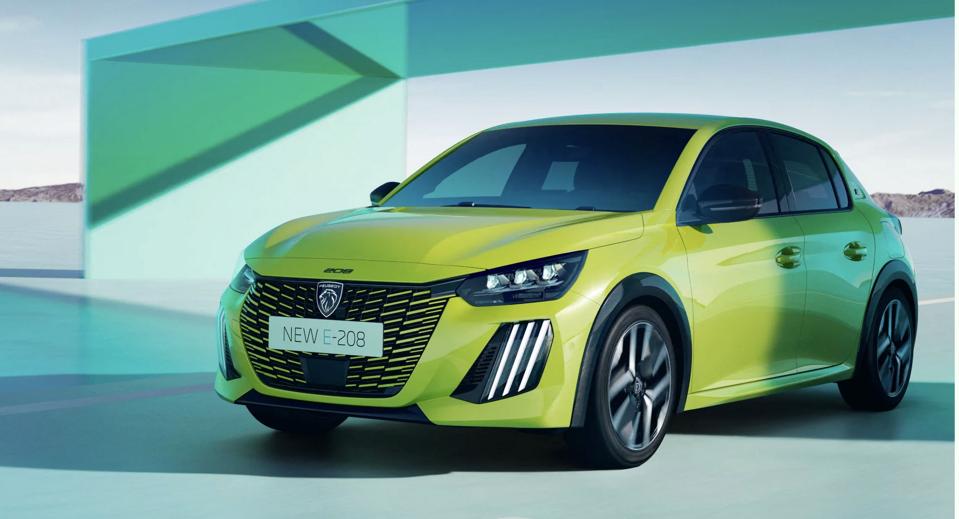Drama, curves, short overhangs and maximized interior space are all teased in the Polygon concept, which is the forerunner for the next generation of the Peugeot 208.
The mainstay of Peugeot’s European B-segment attack on the Volkswagen Group and compatriots Renault, the Polygon is said to be a “feline futuristic design” and Peugeot insists it’s close to the production version of the 208.
While that’s unlikely, given the sheer acreage of glass alone, it will be a showcase for the the technology of the Peugeot brand – which dates back to Napoleonic times in France. (It’s true. Check any top-end restaurant’s pepper grinder next time you’re out.)
Peugeot is the most successful of the Stellantis brands in Europe, heading Fiat, Lancia, Alfa Romeo, Opel (formerly a GM brand), Citroen and the struggling DS, as well as Jeep.
The Polygon indicates the third generation of the successful 208 – it remained the third biggest-selling passenger car in Europe across the first half of 2025, behind only the Dacia Sandero and the Renault Clio according to Jato Dynamics – and will officially be unveiled next week.
Like the current model, the 208 is likely to be launched with both combustion and electric power. The cautionary tale is that while the European Union is pushing its automakers towards full EV production, gasoline engines made up 91% of the current 208’s H1 sales in 2025, out of 109,146 cars sold. Only 9% were EVs.
The aerodynamically radical Polygon is unlikely to carry over all the monolothic detail into production as a five-door hatchback, but its surfacing and sculpture will define several new Peugeot models.
It will sit on the Stellantis Group’s upcoming STLA Small platform, but it’s also likely that the current 208 (based on the outgoing CMP platform) could be built alongside it for at least a year to give Peugeot combustion-powered options in an uncomfortably committed EV market.
Opel, whose 2026 Corsa will share the STLA Small platform, insists its small hatch will be EV only, but Peugeot is understood to have demanded as much combustion-powered flexibility in its range as it can find. Both cars will be built in the Stellantis Group’s Zaragoza plant in Spain.
Peugeot will also use the 208 to debut its Hypersquare steering wheel – a small, squircle steering wheel set actually below the instrument cluster – and steer-by-wire technologies, both of which were first shown on the Inception concept car in 2023.
The Polygon’s interior will debut Peugeot’s new 21-inch curved infotainment unit, which is destined to be shared in production with the larger3 3008.

